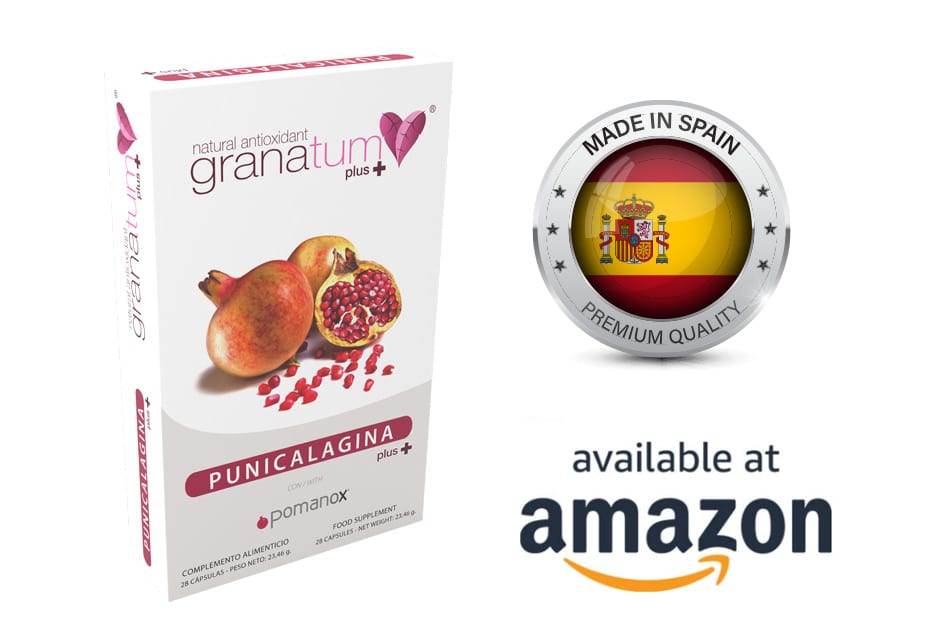
RESEARCH TITLE: Evaluation of Antioxidant Activity of Pomegranate Molasses by 2,2-Diphenyl-l-Picrylhydrazyl (DPPH) Method
COUNTRIES: Turkey
CONDUCTED BY: Department of Food Engineering at the Uludag University, Bursa, Turkey
PUBLISHED ON: International Journal of Chemical Engineering and Applications
RESEACH:
Abstract
In Turkish cuisine the pomegranate molasses (PM) are used as a condiment and believed to have significant effects for arteriosclerosis, cholesterol levels and cancer prevention due to the antioxidant potential of pomegranate fruit itself. In this study, we measured the total polyphenols content, of which varied from 118.28 to 828.15 mg of gallic acid equivalent per gram of pomegranate molasses, and antioxidant activity by DPPH assay, of which were found to be between 560.23 to 1885.23 μmol trolox equivalent per gram of sample. The chemical composition of pomegranate molasses samples were found as: the water soluble dry matter content 62.40-75.00 g 100g-1; viscosity 176 and 2900 mPa.s.; total acidity 4.70-9.73 g 100g-1; pH of the samples changed 1.71 and 2.96; invert sugar and total sugar 23.71-56.95 g 100g-1 and 30.33-70.94 g100g-1 , respectively.
Results
The chemical composition of pomegranate molasses samples were found as: the water soluble dry matter content 62.40-75.00 g 100g-1; viscosity 176 and 2900 mPa.s.; total acidity 4.70-9.73 g 100g-1; pH of the samples changed 1.71 and 2.96; invert sugar and total sugar 23.71-56.95 g 100g-1 and 30.33-70.94 g 100g-1, respectively (data not shown). The total polyphenol content was calculated via the gallic acid curve of the spectrophotometric measurement result of the absorbance of the blue color at 765 nm, which is the result of the redox reaction of the reduction of the FolinCiocalteu reagent by phenolic compounds and turning into oxidized forms in an alkali medium. Phenolic compounds give the color, astringency and bitter taste to pomegranate Since pomegranate molasses is a concentrated product, it was expected to have high phenolic content. However, due to thermal processing conditions (simply boiling) and inclusion of saccharose syrup to give a caramelized flavour with artificial pomegranate flavour phenolic contents were low. Reactive oxygen species (ROS) such as superoxide anion (O2•– ), hydroxyl (•OH), peroxyl (ROO•), and alkoxyl radicals (RO•), hydrogen peroxide (H2O2), and singlet oxygen (O2 1Δg) may attack biological macromolecules, giving rise to protein, lipid, and DNA damage, cell aging, oxidative stress-originated diseases (e.g., cardiovascular and neurodegenerative diseases), and cancer. Antioxidants, either exogenous or endogenous, are vital substances which possess the ability to scavenge or quench ROS and reactive nitrogen species (RNS) in order to protect the body from the potent injuries caused by these radicals. Measuring the antioxidant capacity/activity of any foodstuff is carried out for the meaningful comparison of the antioxidant content for the diagnosis and treatment of oxidative stress-associated diseases. The DPPH radical has widespread use in the free radical scavenging activity assessment because of the ease and convenience of the reaction. In the presence of arbutus extracts and standard solutions the absorbance of DPPH solution decreased, of which were found to be between 16.11 to 75.22%, indicating that radical scavenging activity was concentration dependent. It could be said that the antioxidant activity of pomegranate molasses depend on several factors, such as cultivar and climatic conditions during fruit maturation and ripening and the part of the fruit used.
YEAR: 2015
